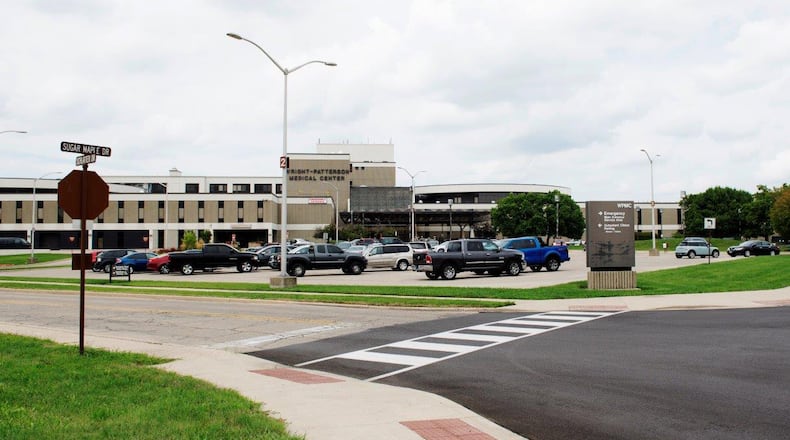“DHA will have responsibility for the administration and management of military treatment facilities operations related to delivering the health care benefit,” said Lt. Gen. Dorothy Hogg, Air Force surgeon general. “The Air Force Medical Service retains our readiness mission, ensuring Airmen are fit to carry out their mission, and delivering deployable medical assets to meet combatant commander requirements.”
The Air Force is working closely with DHA to ensure a smooth handoff. The impact to patients and those working at military treatment facilities should be minimal. Patients will continue to receive the same high-quality trusted care.
U.S. military treatment facilities operated by the Army and Navy also transferred to DHA.
“The Air Force is fully committed to the vision of an integrated system of military health, and making that process as seamless as possible,” said Hogg.
The Air Force will maintain a direct support relationship with DHA to manage day-to-day operations during the transition. Direct support will continue until DHA meets specific conditions-based criteria showing they can manage military treatment facilities on their own.
“This is all about the patient,” said Lt. Gen. Ronald J. Place, director, DHA. “It’s about harvesting decades of best practices from across the Army, Navy and Air Force – along with what we can learn from the civilian community – to build a global standard with one focus: make our system better to improve health outcomes that matter to our patients.”
The transition of military treatment facilities to DHA is one of many significant transformation efforts underway in the Air Force Medical Service and across the Military Health System.
“These transformation activities provide us an opportunity to really shape the future of the Air Force Medical Service,” said Hogg. “Our core mission continues to be paramount – providing exceptional, high-quality trusted care and improving the readiness of our Airmen.”
About the Author
